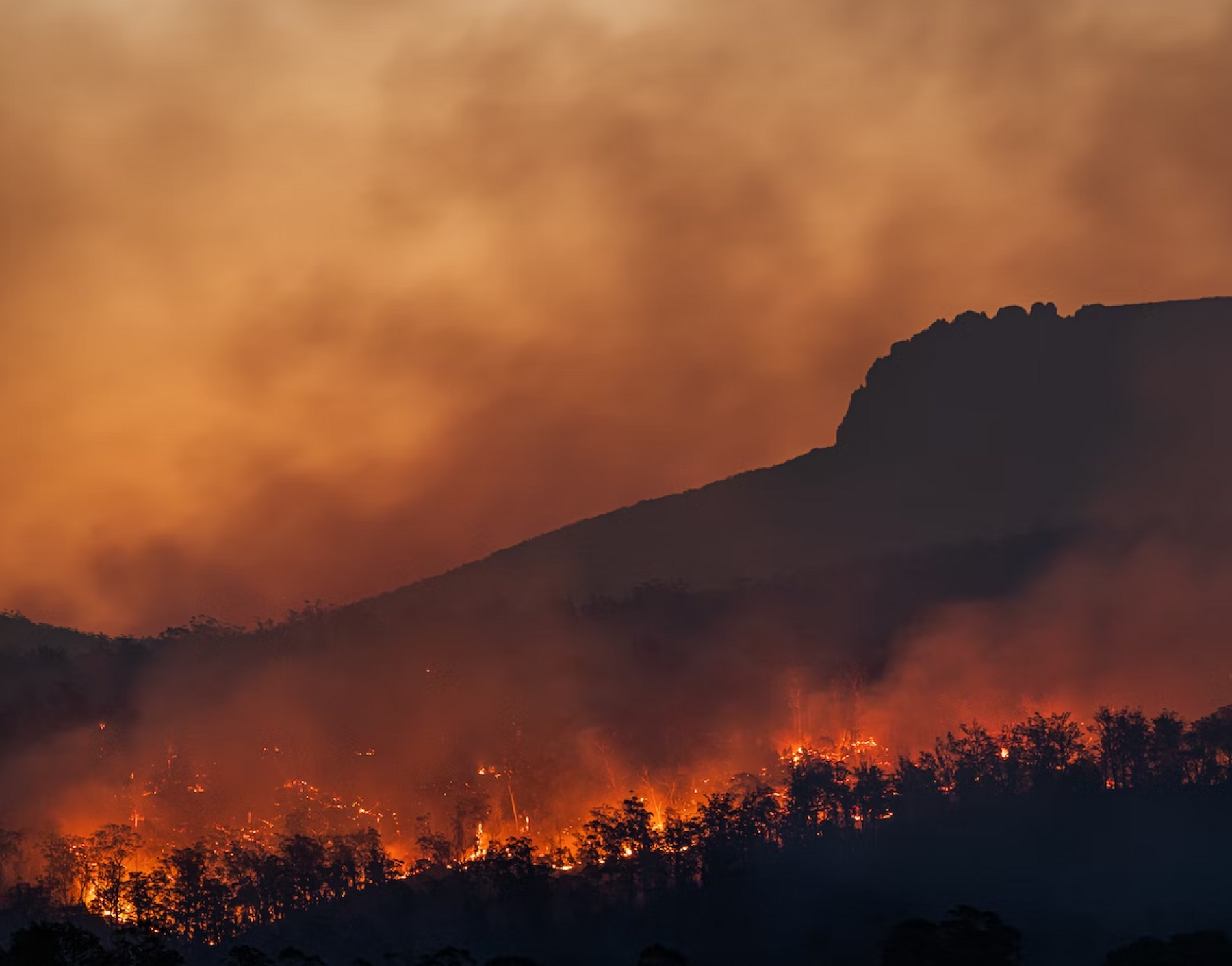Awareness, Prevention & Readiness
Fire season is well and truly a distant memory for some but not a forgotten one. While this year fire hasn't been one of concern in many rural communities, La Niña is set to end in the first half of 2023 and it is imperative that farmers and communities a like take the necessary steps to protect farms, machinery and livestock from future fires.
Australia is prone to severe and dangerous bushfires
and if you live in rural bushfire prone areas, it is important
that you know what to do to protect your property, equipment and lively hood.

In this article we cover 8 tips on ways to prevent, contain, eliminate fire on your property.
1. Plan ahead
The most important tool you can have for your property is to have an effective fire safety plan. This plan should be communicated to family, staff and neighbouring communities so they have the right resources on hand in the event a fire starts.
2. Fire breaks
The area around your property like: buildings, crops, pasture, storage areas and the home - should be cut back. Get the mowers and snippers out and get cutting.
3. The importance of water tanks!
The importance of having a stationary rainwater tank or transportable water tank on your property is an essential item on any rural property.

|
 |
 |
Portable water tanks
This could be a ute with a water tank on the back, a tank mounted on a trailer, or even a water tanker.
Fire authorities recommend farmers have a water tank for fire-fighting, either trailer-based or ute-mounted, such as TTI fire ready trailers, TTI standby hand held portable fire fighters as well as Aussie Pump fire fighting pumps that offer performances like no other.

|
 |
 |
 |
Sometimes it can be tricky to know what is the best product for your needs. Not to worry. We are here to help! Call farmer Glenn on 1300 326 453 and get the right advice TODAY!
The RFS stimulates that it is your legal responsibility to, where practical, ensure that fire does not escape your property. This means it is your responsibility to have the capacity to fight fires and where possible, use your own equipment to protect the community.
4. Fire extinguisher
Farmers are required to have a 9-litre water extinguisher on all farm equipment but are also encouraged to have a dry chemical extinguisher for added protection.

|
 |
 |
5. Utes and trucks
Ensuring all machinery is in good working order will help prevent unnecessary flammable materials from igniting or adding more fuel to the fire. Tractors, harvesters, utes and many other motorised fuel vehicles can pose a risk to properties, especially newer models that tend to burn a lot hotter with the new exhaust emission technology. and should be checked regularly. To prevent avoidable fires from igniting if they’ve travelled any distance and the motor is hot they should never be be driven into full stubble or full crops.

6. Use Voluntary Grain Harvesting Guides
Crop and header fires have a significant impact on rural communities and cause substantial financial loss to crops and surrounding landscapes.

The Voluntary Grain Harvesting Guide is a table used to calculate the grass fire danger index when undertaking any grain harvesting and grain handling operations that occur on your property. The guide is available on the CFA, RFS websites and are being used in Victoria, New South Wales and South Australia. Its such a handy tool to have and can be used by anyone living in fire prone areas.
Click here to download the guides:
Download the Grain Harvesting Guide
Download the Grain Harvesting A4 Fact Sheet
7. Communication
Put simply, if you are doing everything you can to protect your property but your neighbours are not, the effort is pointless. Farmers are urged to communicate their fire plan with neighbouring properties for a joint alliance.

We hope this article has been useful and has provided you with the tools to best fight fires in your rural community during the next fire season. Remember to never be complacent as fire spreads easily and fast and can often jump on you without warning.

























































